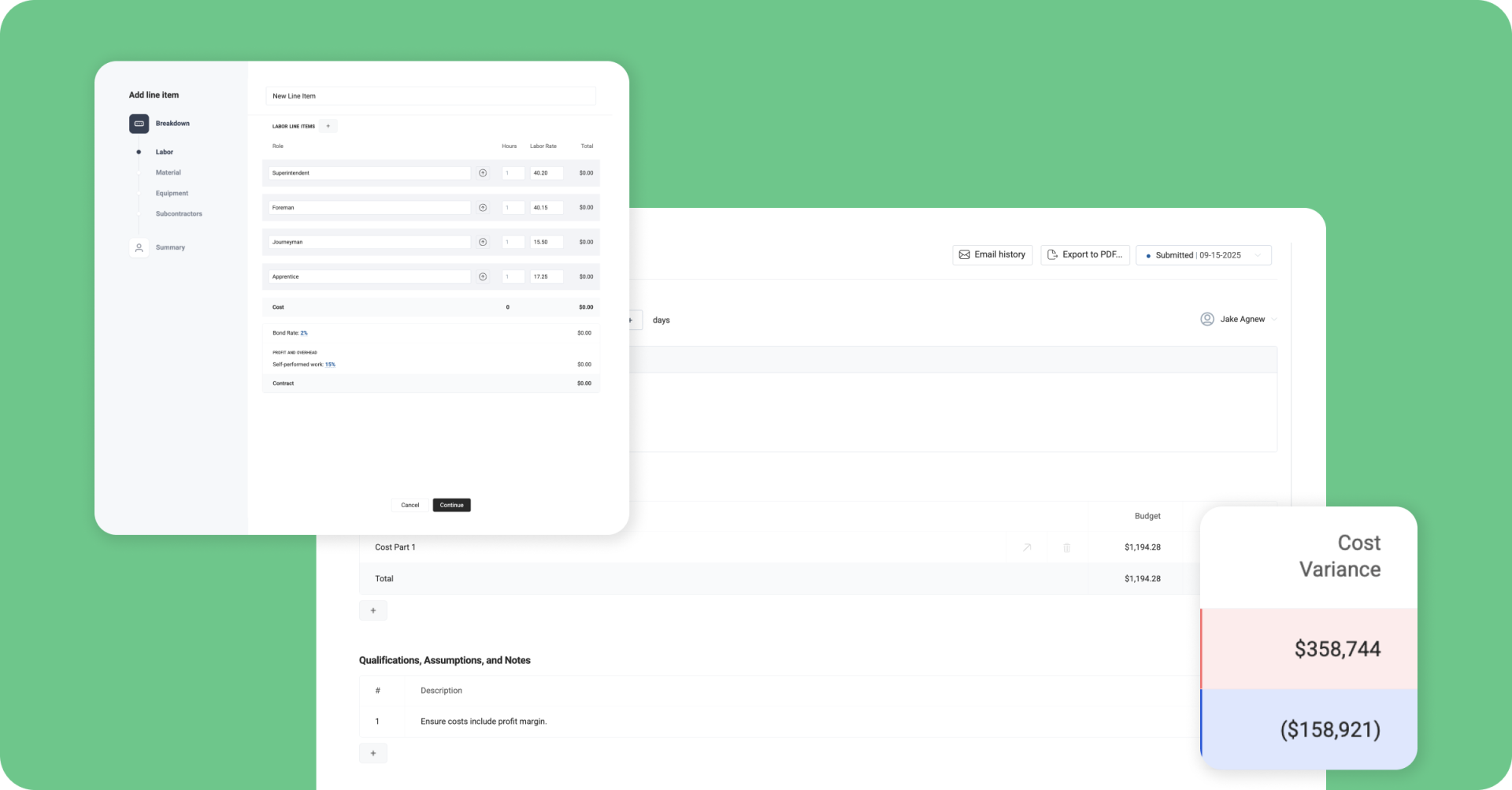1. Clear and Detailed Contracts
A well-drafted contract is the foundation for timely payments. Ensure that your contract clearly outlines payment terms, schedules, retainage policies, and penalties for late payments. Specify the required documentation for invoicing and any conditions to be met for payment release.
2. Quickly Collect Job Details
Ensure all necessary job details, including scope, contract terms, and payment schedules, are documented upfront. Keeping accurate and organized records minimizes disputes and speeds up the payment process.
3. Be Punctual About Sending Invoices
The sooner you send an invoice, the sooner you get paid. Most contracts have a set billing date in the month (such as the 10th, 15th, or 20th), so it’s crucial to know and adhere to these deadlines. Establish a routine for prompt invoicing—weekly, bi-weekly, or monthly—to keep payments flowing consistently and avoid unnecessary delays.
4. Automate Invoice Follow-ups
Don’t wait until payments are overdue before taking action. Automate reminders for outstanding invoices around aging status to maintain communication and ensure clients know of upcoming or overdue payments.
5. Monitor and Track Payments
Regularly reviewing your accounts receivable helps you stay on top of outstanding invoices. Implement a tracking system to quickly identify late payments, update projected payment dates, and take necessary follow-up actions. Giving Project Managers access to invoicing data ensures they can track payment statuses, follow up on outstanding invoices, and address any issues proactively, helping to accelerate cash flow and keep projects on track.
6. Verify All Invoice Details Are Accurate
Errors on invoices give clients an easy excuse to delay payment. Double-check all details before sending, including:




